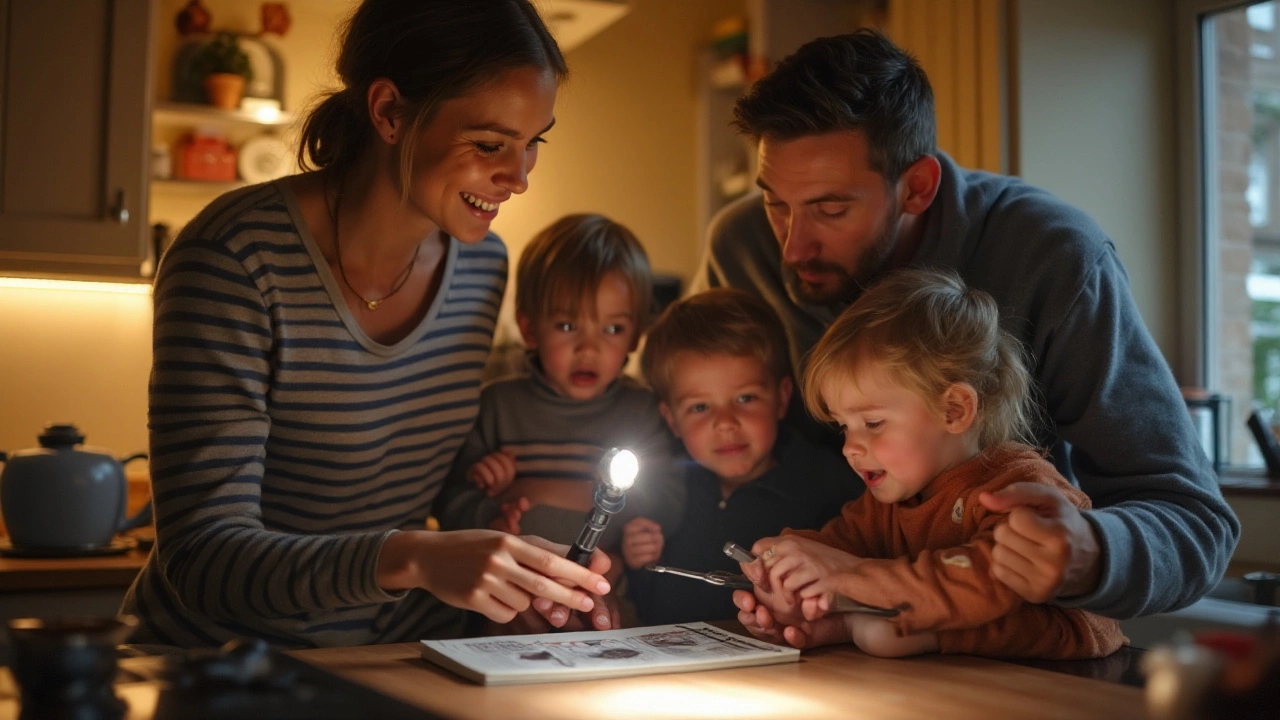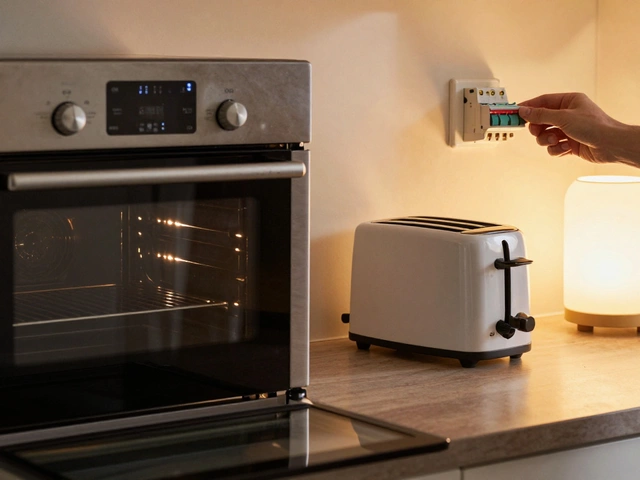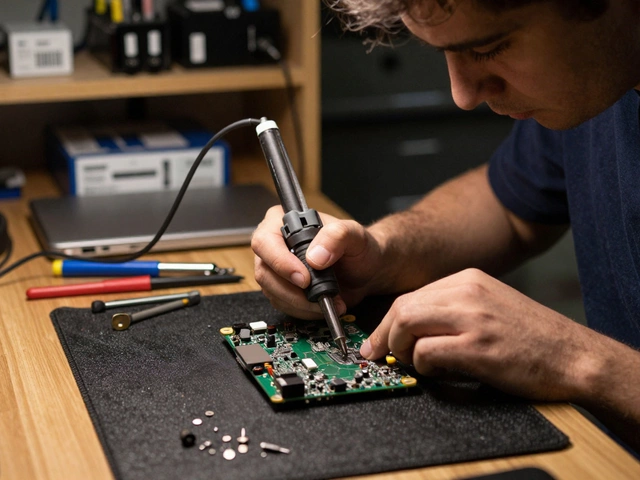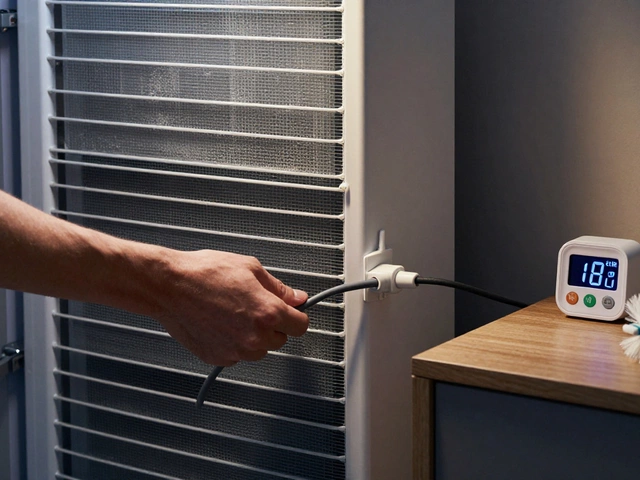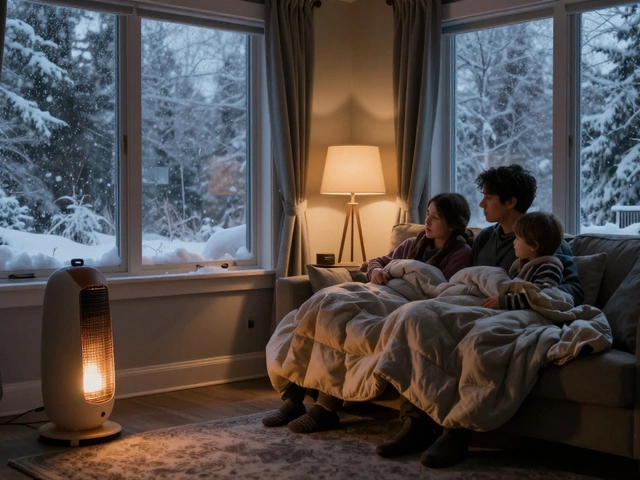Boiler Issues: Why Your Heating Keeps Stalling
If your home feels like a freezer on a cold night, the culprit is almost always the boiler. You might hear strange noises, see a drop in pressure, or get an unexpected shutdown. These signs aren’t just annoying – they can lead to bigger, costlier problems if you ignore them. Below we break down the most frequent boiler headaches, quick fixes you can try, and when it’s smarter to call a professional.
Recognising the Most Common Boiler Problems
No Heat or Hot Water: The most obvious sign is a cold tap or radiators that refuse to warm up. Often this points to a fault in the thermostat, a broken pump, or a loss of pressure. Check the pressure gauge first; it should sit between 1 and 1.5 bar when the system is cold.
Strange Noises: Banging, clicking, or whistling noises usually mean air trapped in the system, a build‑up of limescale, or a failing fan. Bleeding radiators can release trapped air, while a quick descaling might calm down a noisy heat‑exchanger.
Leaks and Moisture: Any water pooling around the boiler, pipes, or on the floor signals a leak. Leaks can be as simple as a loose pipe joint or as serious as a cracked heat‑exchanger. Tighten any visible fittings, but if the water keeps coming, shut the system off and get a pro in.
Low Pressure: If the pressure gauge drops below 1 bar, the boiler won’t fire up. This often happens after bleeding radiators or a slow leak. Re‑pressurising the system is usually a quick fix – just follow the manufacturer’s guide to add water via the filling loop.
Constant Resetting: Some boilers keep tripping the reset button. This is a safety feature that protects against overheating. Repeated resets often mean a faulty pump, a blocked condensate pipe, or an electrical fault. A quick check of the condensate pipe for blockages can solve the issue; otherwise, call an electrician.
How to Fix or When to Call a Pro
For the DIY‑friendly, start with the simple steps: check the pressure, bleed radiators, clear the condensate pipe, and inspect visible fittings for loose connections. Keep your boiler’s manual handy – it usually includes a troubleshooting flowchart.
If you’ve tried these steps and the problem persists, it’s time to call a qualified engineer. Boiler work involves gas, electricity, and pressurised water, so safety is non‑negotiable. A professional can safely test the gas valve, replace a faulty thermostat, or clean a clogged heat‑exchanger.
When you do call a pro, ask about their boiler service package. A good annual service includes a safety check, efficiency test, and a clean‑up of the burner and heat‑exchanger. Regular servicing can extend a boiler’s life by years and keep repair costs low.
Finally, keep an eye on the big picture: boiler lifespan, replacement cost, and energy efficiency. If your boiler is over 15 years old, runs out of gas, or shows repeated failures, replacing it might be cheaper in the long run. New models are far more efficient and often come with warranties that cover parts and labour for several years.
Bottom line – don’t let a minor hiccup turn into a costly breakdown. Spot the signs early, try the easy fixes, and don’t hesitate to get a certified engineer involved when needed. With the right care, your boiler will keep your home warm and your energy bills in check.
Common Boiler Problems and How to Fix Them
- Alden Wilder
- Dec 14 2024
- 0 Comments
Boiler trouble is a common household woe, especially during the colder months. From leaks and low pressure to banging noises and lack of hot water, knowing these issues can help prevent major breakdowns. Identifying the root causes early and implementing effective solutions can save time and money. This guide covers common boiler problems, their symptoms, and practical tips for troubleshooting and repair.
View More